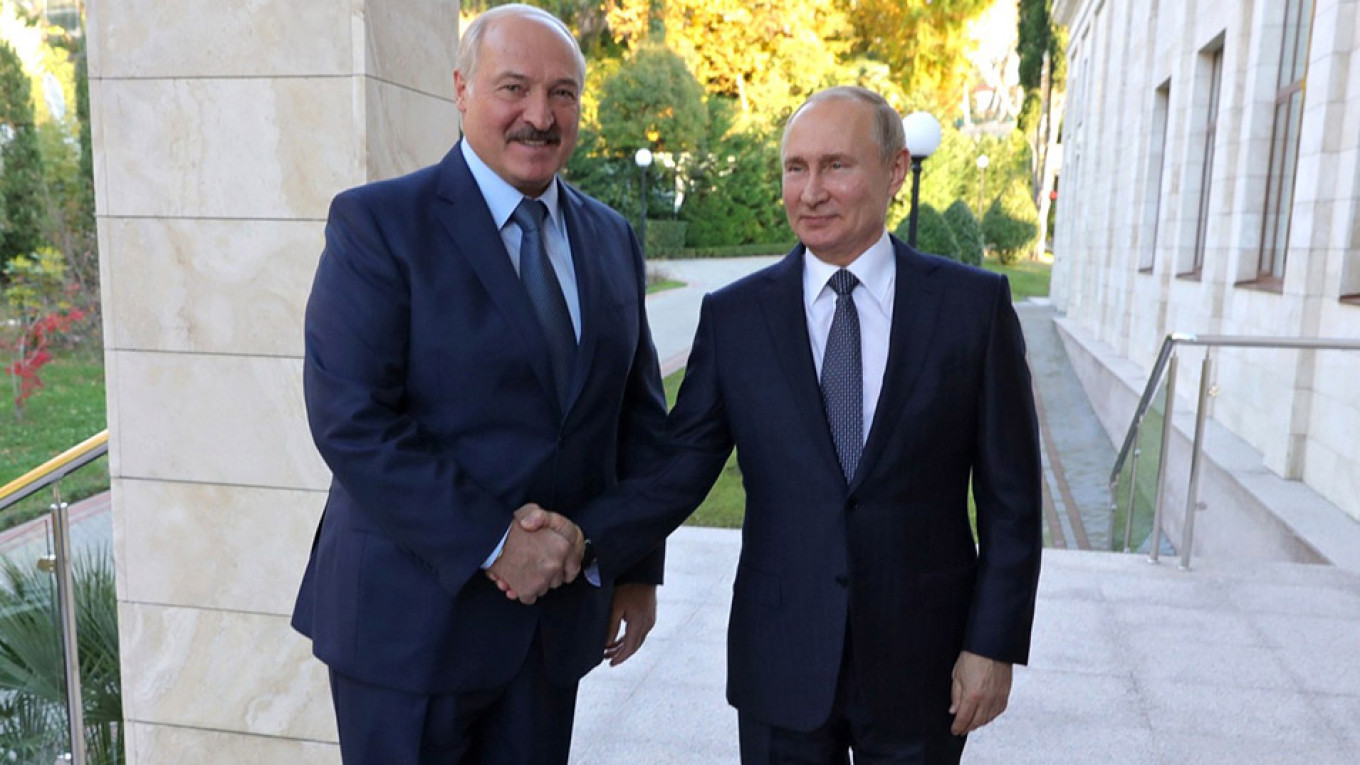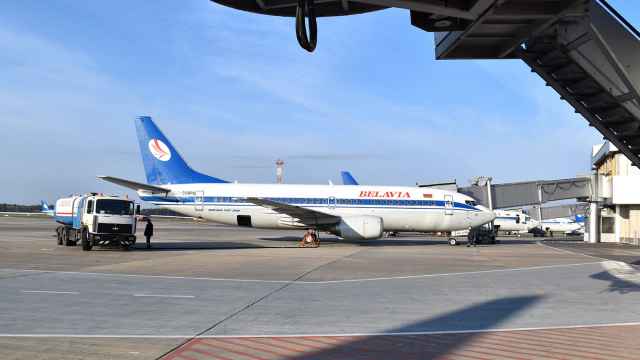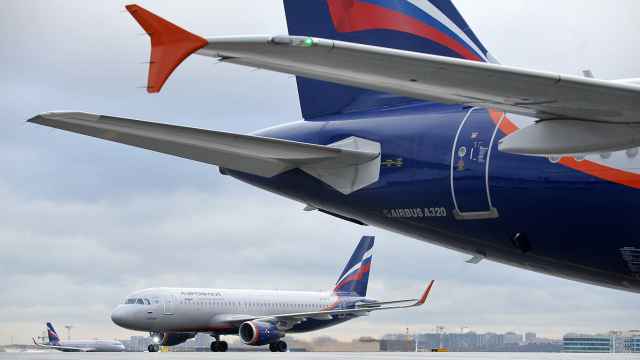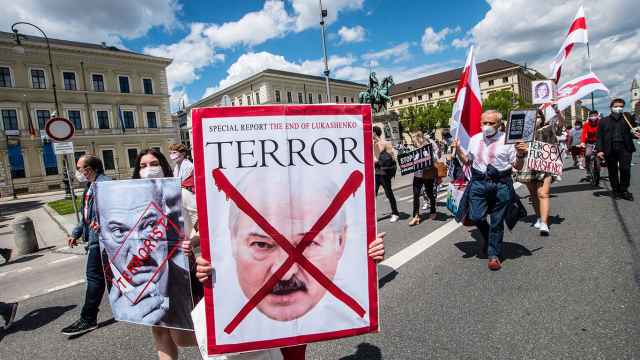Speculation has been mounting for months that the road for Russian President Vladimir Putin to extend his reign past 2024, when he is obliged by the constitution to step down, runs through Minsk, the capital of neighboring Belarus. Many expected last weekend’s celebration of the twentieth anniversary of the Russian-Belarusian Union State to provide a convenient launchpad for the longtime Russian leader to push for the further integration of the two countries and then use it as a pretext to change the constitution, thereby getting around the current limit on presidential terms.
The long-awaited summit, however, turned out to be a non-event. Belarusian President Alexander Lukashenko, the collective farm director-turned-autocrat who has ruled Belarus for twenty-five years, fought tooth and nail to preserve every inch of his powers. His Russian counterpart grumbled, but eventually acquiesced to substituting real integration with another set of hazy road maps and distant deadlines.
The two leaders agreed to postpone the sensitive issue of oil and gas sales until their next meeting on December 20, but the Kremlin is unlikely to use the delay to ramp up pressure on Belarus. This is because keeping Lukashenko safely ensconced remains a crucial element of Russia’s wider dealings with the ruling elites of the post-Soviet states, and part of the established formula for preserving a modicum of influence over irksome neighbors.
The saga of Russia-Belarus integration is very much a process of the slow but inexorable tightening of the Kremlin’s grip over its Western neighbor, though Russia’s achievements should not be overestimated. Russia’s Gazprom may have swallowed up Belarus’s gas monopoly Beltransgaz and constrained Lukashenko’s influence over tariffs for the transit of Russian gas to Europe. But Gazprom’s control over the gas operators of Moldova, Latvia, and Estonia has clearly not been enough to firmly embed any of them in Russia’s sphere of influence.
Likewise, the Kremlin enticed Belarus into joining the Moscow-dominated Eurasian Economic Union, which requires member states to adopt common import tariffs and customs codes. But the EEU is an increasingly unwieldy tool for Russian influence: both Russia and its neighbors happily ignore deadlines and fail to implement agreements that are supposed to be binding.
Russia has also partly done away with a system of discounts on the oil and gas it supplies to Belarus, replacing it with interstate loans that have turned Moscow into Belarus’s biggest creditor. But there is little doubt that these loans will be restructured should Lukashenko ever get himself into a real jam.
The reality is that over the last two decades, Russia has extended and repackaged ostensibly temporary concessions on oil and gas for Belarus so many times that they now amount to almost permanent ones. By tightening its grip on Belarus so slowly, the Kremlin has inadvertently facilitated the country’s emancipation from Russia.
During this period, a burgeoning and relatively prosperous private sector has emerged in Belarus. It has overtaken the public sector in terms of employment, and now contributes almost half of the country’s budget income. This new economy is much more competitive and far less dependent on the Russian market, unlike the state-run industries that were the backbone of the Belarusian economy in the 1990s.
The proportion of Belarusian exports destined for Russia has hardly changed since 1999 and is still close to an impressive 40%. But the real story is the growth of Belarus’s export of services, nearly three-quarters of which are geared to non-Russian markets. This type of activity (for example, offshore software development and IT services) barely existed twenty years ago, but is developing rapidly and earned the country $9 billion in 2018.
Even Lukashenko’s resistance to long-overdue domestic reform is struggling to contend with the impact of generational change inside Belarus. Opinion polls highlight major shifts in the public mood. For example, two decades ago, almost a third of Belarusians supported an all-out merger with Russia. By 2016, support had fallen to a mere 10%.
Another common misconception is that Moscow resists applying full pressure on Belarus because it is constantly misled by Lukashenko’s hollow promises and evasive tactics. The reality is that the Kremlin is aware that integration with Belarus stalled out many years ago and that Lukashenko is still in full control of the country. But Russia doesn’t see any contradiction between that state of affairs and pursuit of its wider agenda in the post-Soviet space.
Belarus itself is of secondary importance for the Kremlin. The country may provide Russia with a convenient geographical buffer against NATO, but any lofty talk about Slavic brotherhood is largely a way of managing the Kremlin’s bruised ego. A small and poor nation of just 9 million people is hardly worth lavishing billions of dollars of Kremlin largesse on for decades.
The truth is that Russia needs Belarus and Lukashenko to serve as an alluring showcase to demonstrate to other post-Soviet rulers how beneficial integration with Russia can be.
A number of Ukrainian leaders have tried to rely on the West’s backing and ignore Russia, and paid dearly, failing to secure even a second term in power. Lukashenko, in contrast, is all smiles, having diligently taken part in all Russian integration initiatives. The only thing limiting his hold on power is his own mortality. Other post-Soviet leaders contemplating their own uncertain futures surely will draw the right conclusions.
Little suggests that either the Kremlin or Lukashenko can afford to introduce radical changes to their time-proven relationship. As Lukashenko’s position at home currently looks quite secure, the Kremlin will try to downsize its financial support for the Belarusian leader in order not to overpay for his professional survival.
As soon as Lukashenko finds himself in real trouble, however, Russia is sure to rush in with new subsidies to salvage its Belarusian ally. It did so in 2011 in the wake of the Belarusian financial crisis, then again in 2014 against the backdrop of the Ukrainian Maidan uprising, and most recently in 2017, when a fifteen-month-long energy dispute was swiftly settled to Belarus’s advantage the instant that Lukashenko faced mass protests against a new tax on “social parasitism.”
Lukashenko has survived several changes of the guard in the Kremlin, and even the potential departure of Putin in 2024 may fail to become a game changer in his relations with Moscow. As long as Russia has the ambition of preserving its influence over the post-Soviet states, any Russian leader will need Lukashenko as a showcase ally.
This piece was first published by Carnegie.
This material is part of the Russia-EU: Promoting Informed Dialogue project, supported by the EU Delegation to Russia.
A Message from The Moscow Times:
Dear readers,
We are facing unprecedented challenges. Russia's Prosecutor General's Office has designated The Moscow Times as an "undesirable" organization, criminalizing our work and putting our staff at risk of prosecution. This follows our earlier unjust labeling as a "foreign agent."
These actions are direct attempts to silence independent journalism in Russia. The authorities claim our work "discredits the decisions of the Russian leadership." We see things differently: we strive to provide accurate, unbiased reporting on Russia.
We, the journalists of The Moscow Times, refuse to be silenced. But to continue our work, we need your help.
Your support, no matter how small, makes a world of difference. If you can, please support us monthly starting from just $2. It's quick to set up, and every contribution makes a significant impact.
By supporting The Moscow Times, you're defending open, independent journalism in the face of repression. Thank you for standing with us.
Remind me later.








